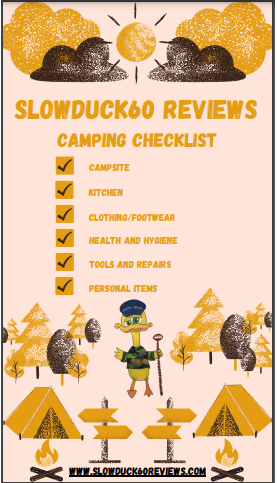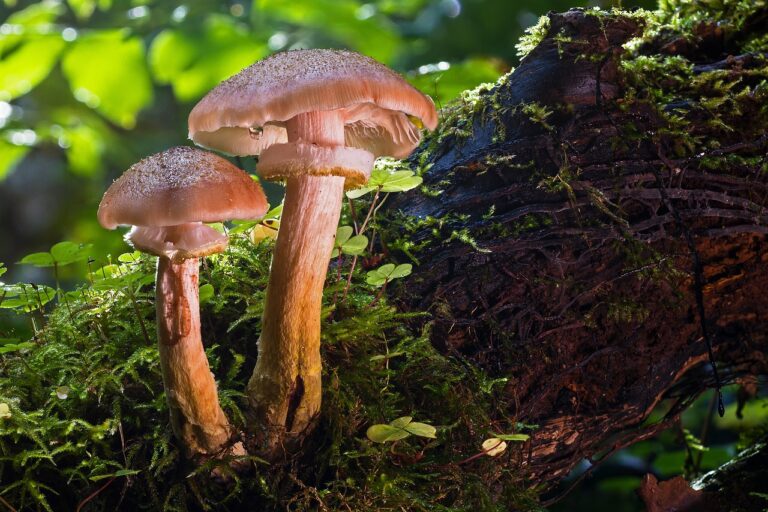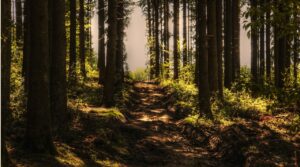Foraging for food and having the knowledge and ability to identify edible plants while avoiding dangerous look-alike plants that can cause sickness or death can be an invaluable skill.
Finding safe, edible plants will save time and energy that would otherwise be spent foraging for food in the wilderness. Knowing the proper techniques for foraging is key and can make the difference between life and death.
Identifying Edible Plants
The first step in foraging for food is to identify edible plants. This means being aware of what is safe to eat and what is not. There are many field guides available to help with this process, such as the Peterson Field Guide for Edible Wild Plants.
Many books are devoted solely to educating readers about wild edible plants. Take classes or attend workshops in order to become proficient with identification.
It is also beneficial to take the time to learn these techniques before heading out into the wilderness.
Avoiding Look-Alike Plants While Foraging for Food
Foraging for food can be a great way to sustain yourself and your family in times of need, but it is important to be aware of look-alike plants that are potentially dangerous.
While some species of plants may be safe to consume, there are some that mimic edible plants but actually contain toxins or other compounds that can make you ill.
It is important to differentiate between edible and potentially dangerous plants so that you do not put yourself at risk.
Identifying Look-Alike Plants
The common look-alikes and their edible counterparts should be familiarized with. This will guarantee that you stay clear of any potentially harmful plants.
Knowing Your Environment
Once you understand the plants that are safe to eat, it is important to become familiar with your environment. Knowing the flora and fauna that inhabit the area can give you an advantage and increase your chances of survival.
Learning about the local wildlife can also help you stay out of harm’s way.
Harvesting Techniques
It is time to harvest once you are familiar with the surroundings and are aware of which plants are suitable for consumption. Foraging properly requires techniques like replanting seeds, harvesting only what you need, and sustainable foraging.
Following safe harvesting practices can be the difference between life and death. Such as using a knife or scissors to harvest, washing any harvested produce, and not eating anything that you cannot positively identify.
Cooking and Preserving
Once you have finished harvesting, it is important to cook and/or preserve any food that has been collected. Proper cooking and preservation techniques can ensure that foods remain safe and nutritious.
Foods may need to be cooked to remove any toxins and bacteria that may be present. Food may need to be preserved and stored in order to extend its shelf life. To preserve food longer, use methods such as drying, salting, and canning.
Proper Disposal
During harvesting, it is important to dispose of any potentially dangerous plants that are encountered. These plants should be kept away from edible species, and any parts that have been harvested should be disposed of, but not thrown away haphazardly.
It is also important to avoid leaving any of these plants in the wild, where wildlife might consume them.
Conclusion
Foraging for food can provide an invaluable resource in times of need. However, it is important to be aware of potentially dangerous look-alike plants. Knowing the proper identification techniques and harvesting procedures is essential to ensuring that you complete the task safely.
To help keep you and the environment safe, familiarize yourself with the local environment, avoid contact with potentially dangerous plants, and properly dispose of any hazardous materials.
#foragingfood #wildedibleplants #safeharvesting #sustainableforaging #cookingpreserving #fieldguides #wildernesssurvival #survivalskills #foodstorage #lookalikeplants

Subscribe to our newsletter.
As a Thank You, check your inbox for our
FREE Camping Checklist
This checklist will ensure you and your family packed everything needed for a safe and enjoyable camping trip.



